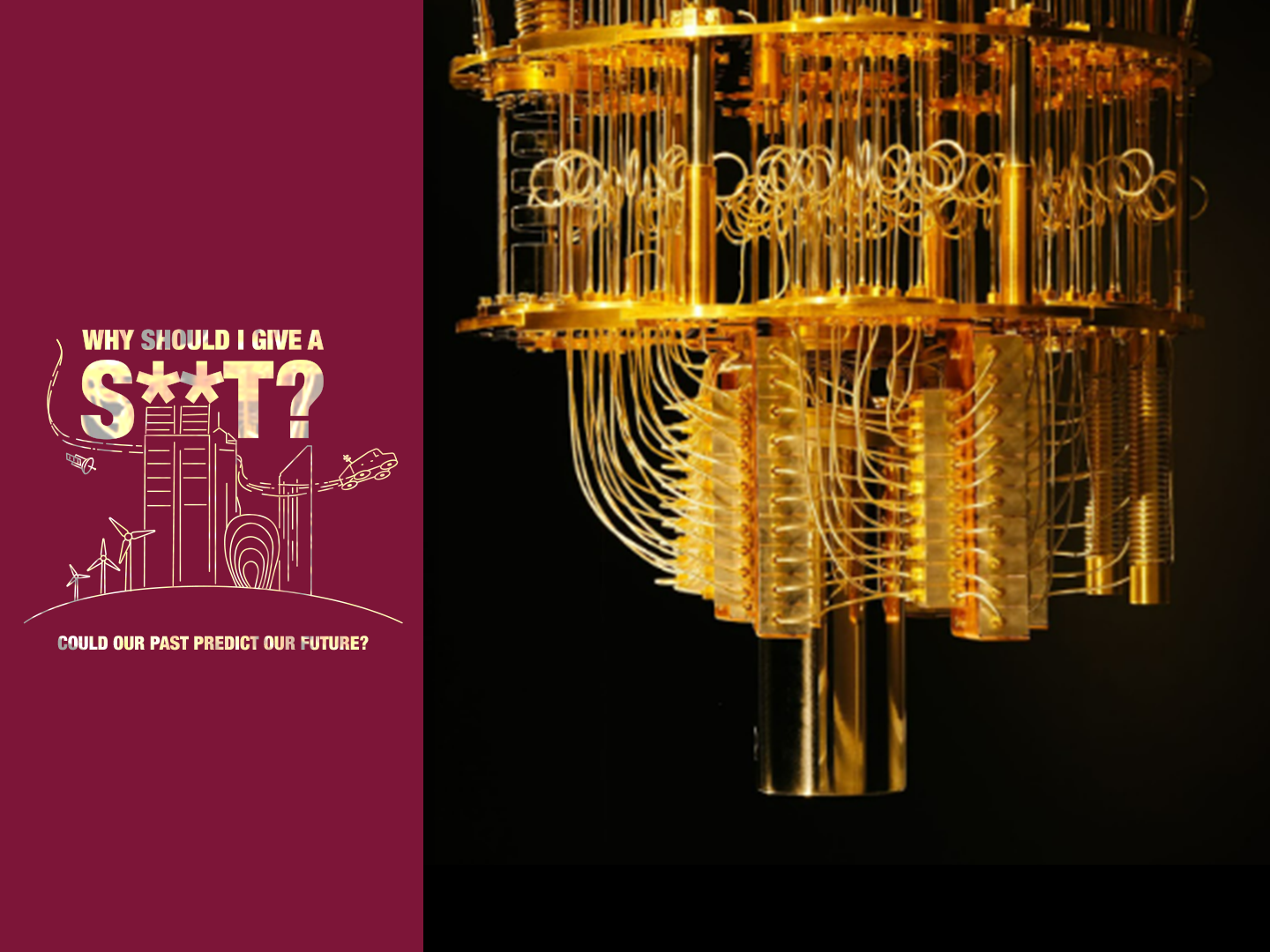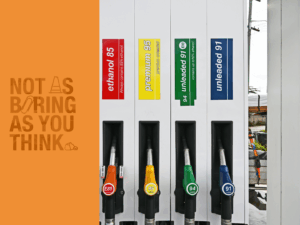While their processor chip may look like the one in your laptop, a quantum computer won’t fit in your laptop bag. Some are so big they require multiple rooms.
Their large copper cooling systems and glass tubes resemble a sci-fi chandelier.
In 2019, Google built a quantum computer that outperformed a classical supercomputer.
This provides hope that quantum computers will solve some big problems and answer some important questions one day.
What happens at an atomic level in a battery? What is the most efficient way to deliver packages around a city? How can we accurately simulate the effects of carbon dioxide on the climate?
Quantum computers also hold the key to unlocking our strongest encryption systems, including banks and government websites.
WHAT MAKES A QUANTUM COMPUTER QUANTUM?
Normal computers run on bits, or binary digits. They’re called binary digits because there are two options: 0 or 1. Much like heads and tails.
Quantum computers have quantum bits, called qubits.
Qubits are tiny quantum particles that also use 0s and 1s, but they can be both 0 and 1 simultaneously. Think of a spinning coin – heads and tails at the same time.
For example, if you wanted to find the fastest way to drive to work, you would test each route individually. A quantum computer would test every single route at once.
When qubits are both 0 and 1 at the same time, this is called a superposition.
Caption: Schrödinger’s cat in the box in a superposition of dead and alive.
Credit: Cristineagoe via Wikimedia Commons CC-BY-SA-3.0
Schrodinger’s cat was in a superposition too – both dead and alive.
Qubits are also entangled or connected. If you change one, the entangled qubit will instantly change as well.
Einstein once referred to this phenomenon as ‘spooky action at a distance’ because it seems to defy reality.
Entanglement is what gives quantum computers their exponentially greater computational power.
WHAT’S NEXT?
Quantum computers are a relatively new concept.
Physicists only suggested they were possible in the 1980s. We have made a lot of progress since then.
Caption: Quantum Computer
Credit: IBM
In 2022, the Pawsey Supercomputing Centre in Perth received one of the first room-temperature quantum computers. Most have to be cryogenically cooled to -273°C, which is very impractical.
The future of quantum computers is bright but there’s a long way to go until they will be truly useful. After all, they’re still in their awkward toddler phase.
Once they’re all grown up, quantum computers will change everything.









